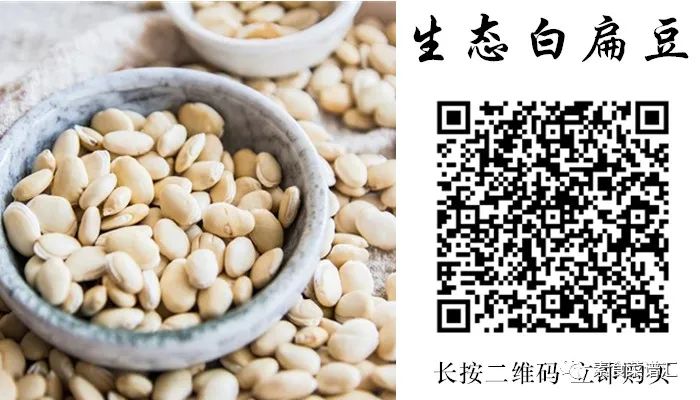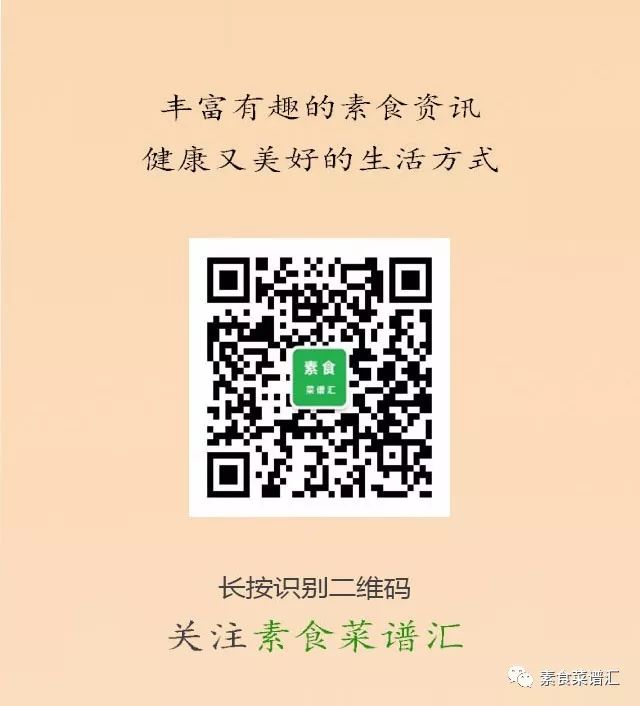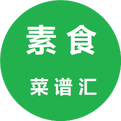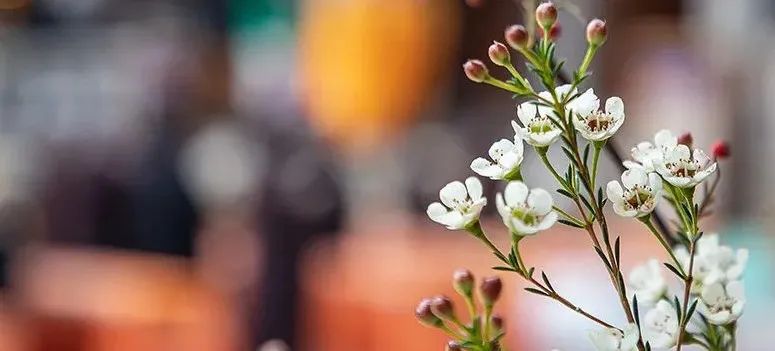According to the “Huangdi Neijing” (Yellow Emperor’s Inner Canon), “A good diagnostician observes color and pulses, first distinguishing between Yin and Yang.” In exogenous diseases, Yin and Yang primarily refer to distinguishing between cold and heat syndromes, which is particularly important.In Traditional Chinese Medicine (TCM), the treatment of exogenous diseases can be broadly categorized into four types of syndromes: Wind-Cold Exogenous Syndrome, Wind-Heat Exogenous Syndrome, Qi Deficiency Exogenous Syndrome, and Cold-Damp Exogenous Syndrome. Below, each will be discussed in detail:
1. Wind-Cold Exogenous Syndrome
Main manifestations:Severe aversion to cold, fever, sweating or no sweating, stiffness and pain in the head and neck, soreness in joints and muscles, nasal congestion with a heavy voice, sneezing, runny nose with clear mucus, itchy throat, cough with white and thin phlegm, no thirst or preference for warm drinks, tongue coating thin white and moist, pulse floating or floating tight.
Pathogenesis summary:Wind and cold obstructing the exterior, lung Qi not dispersing.
Treatment principle:Warm and acrid to release the exterior, disperse wind and cold.
Prescriptive formula:Based on Gui Zhi Tang (Cinnamon Twig Decoction) as the main formula. (Adjust according to clinical conditions)
Formula composition:Gui Zhi Tang: Gui Zhi (Cinnamon Twig) 9g, Bai Shao (White Peony) 9g, Sheng Jiang (Fresh Ginger) 9g, Zhi Gan Cao (Honey-Fried Licorice) 6g, Da Zao (Jujube) 12 pieces.[1]
(The composition and dosage of the above formula are primarily based on the “Textbook of Traditional Chinese Medicine Formulas” and the “Lecture Notes on Treatise on Cold Damage” used in higher education institutions for TCM. TCM practitioners can adjust according to the specific clinical situation of the patient.)
Analysis of the formula:Gui Zhi Tang is a classic formula from the “Treatise on Cold Damage”. In this formula, Gui Zhi is warm and acrid, releasing the exterior and also unblocking the meridians, serving as the monarch herb; Bai Shao is sour and cold, nourishing Yin and harmonizing the blood, serving as the minister herb. The two herbs are used in equal amounts to achieve the function of harmonizing Ying and Wei. Sheng Jiang disperses and stops vomiting, assisting Gui Zhi in releasing the exterior evil; Da Zao is sweet and neutral, tonifying Qi and strengthening the spleen, also assisting Bai Shao in nourishing Yin and harmonizing the blood; Zhi Gan Cao harmonizes the other herbs, with Gui Zhi it transforms Yang to disperse cold, and with Bai Shao it transforms Yin to nourish the blood, serving as the assistant herb. Although this formula is small, with only five ingredients, the combinations are rigorous, combining dispersing with astringing, protecting the spleen and stomach while releasing the exterior, balancing the righteous Qi and expelling evil, harmonizing Yang Qi and Yin fluids. The famous Qing Dynasty physician Ke Qin praised Gui Zhi Tang as “the crown of Zhang Zhongjing’s formulas, a comprehensive formula for nourishing Yin and harmonizing Yang, harmonizing Ying and Wei, and releasing the exterior to induce sweating.”
Adjustments:
If there is no sweating and the pulse is floating and tight, add Ma Huang (Ephedra) 6g to induce sweating and release the exterior; stop using Ma Huang after sweating. It is important to note that Ma Huang should be used cautiously in patients with hypertension, heart disease, insomnia, arrhythmia, dry throat, weakness with sweating, Yin deficiency, night sweats, or bleeding disorders.If there is stiffness and pain in the neck and back, add Ge Gen (Kudzu Root) 12g to release the muscles and induce sweating, generating fluids and relaxing the tendons.If there is a headache that feels wrapped, and the body feels heavy and sore, there may be dampness involved; consider adding Qiang Huo (Notopterygium) 9g and Cang Zhu (Atractylodes) 9g. Individuals with a constitution prone to dampness often have wind-cold exogenous syndrome with dampness, but here it is primarily wind-cold with dampness, and a specific formula for “Cold-Damp Exogenous Syndrome” called “Shi Shen Tang” will be discussed later.If there is significant pain in the head and body, indicating cold dampness obstructing the meridians, consider adding Qiang Huo 9g and Chuan Xiong (Szechuan Lovage) 9g. Qiang Huo dispels dampness, and Chuan Xiong is often referenced for headaches.If there is significant throat pain, consider adding Jie Geng (Platycodon) 9g. Zhang Zhongjing used “Jie Geng Tang” to treat throat pain, which can be referenced.If there is a history of cough and wheezing, and after exposure to wind-cold, the cough and wheezing are significant, consider adding Xing Ren (Apricot Kernel) 9g and Hou Po (Magnolia Bark) 9g. The classic formula Gui Zhi Jia Hou Po Xing Ren Tang can be referenced.If there is concurrent lung heat, consider adding Sheng Shi Gao (Gypsum) 10-20g. Zhang Xichun was adept at using “Sheng Shi Gao” to treat exogenous diseases, believing that it clears lung heat while maintaining its dispersing properties, but it must be used with accurate differentiation.
Dr. Peng Xin’s experience sharing:
(1) Recently, among patients with exogenous diseases, those with wind-cold exogenous syndrome generally have a relatively healthy constitution or a cold constitution. The characteristics after contracting wind-cold exogenous syndrome are: high fever, significant aversion to cold, stiffness and pain in the head and neck, soreness in joints and muscles, nasal congestion with a heavy voice, runny nose with clear mucus, tongue coating thin white and moist, pulse floating and tight.
(2) Zhang Zhongjing teaches us a note after taking medicine in the “Treatise on Cold Damage”: “After taking the medicine, one should drink a bowl of hot thin porridge (about 200ml) to assist the medicinal effect. Cover oneself for a while until there is a slight sweat, which is better; it should not be profuse sweating, as the illness will not be cured.” After taking the medicine, to better induce sweating, one can drink a small bowl of hot thin porridge, using the essence of food to nourish the middle burner (spleen and stomach) to assist the medicinal effect in dispersing cold. At this time, cover oneself with a quilt for a while to induce slight sweating, which can expel cold evil, but one should not sweat profusely, as excessive sweating depletes Qi and injures Yin fluids. Drinking hot thin porridge after taking medicine to assist sweating is an experience of Zhang Zhongjing using Gui Zhi Tang, and the ancients said this method “nourishes the source of sweating and prevents injury to the righteous Qi,” which is very worth referencing.
2. Wind-Heat Exogenous Syndrome
Main manifestations:Severe fever, mild aversion to cold, headache, flushed face, cough, phlegm sticky or yellow, dry throat, or red and swollen painful throat, nasal congestion, yellow and turbid nasal discharge, dry mouth with a desire to drink, tongue coating thin white with slight yellow, red tip and edges, pulse floating and rapid.
Pathogenesis summary:Wind-heat invading the exterior, lung failing to clear and regulate.
Treatment principle:Cool and acrid to release the exterior.
Prescriptive formula:Based on Yin Qiao San (Honeysuckle and Forsythia Powder) as the main formula. (Adjust according to clinical conditions)
Formula composition:Yin Qiao San: Jin Yin Hua (Honeysuckle) 15g, Lian Qiao (Forsythia) 15g, Jing Jie (Schizonepeta) 6g, Dan Dou Chi (Fermented Soybean) 5g, Bo He (Mint) 6g, Jie Geng 6g, Niu Bang Zi (Burdock Seed) 6g, Zhu Ye (Bamboo Leaf) 4g, Sheng Gan Cao 5g.[1]
(The composition and dosage of the above formula are primarily based on the “Textbook of Traditional Chinese Medicine Formulas” used in higher education institutions for TCM. TCM practitioners can adjust according to the specific clinical situation of the patient.)
Analysis of the formula:
The “Wen Bing Tiao Bian” states that this formula can treat “Tai Yin Wind Warmth, Warm Heat, Warm Epidemic, Winter Warmth, at the onset, but with heat and no aversion to cold and thirst,” suitable for the initial stage of warm diseases with wind-heat exterior syndrome. Its composition strictly follows the teachings of the “Huangdi Neijing”: “Wind invading internally is treated with acrid cool herbs, assisted by bitter and sweet to moderate, and acrid to disperse; heat invading internally is treated with salty and cold, assisted by sweet and bitter.” In this formula, Jin Yin Hua and Lian Qiao are acrid and cool, dispersing heat and detoxifying, releasing the exterior and dispersing evil, serving as the monarch herbs; Bo He is acrid and cool, releasing the exterior and dispersing wind-heat, Niu Bang Zi is acrid and bitter, cold, clearing heat and benefiting the throat, serving as the minister herbs; Jing Jie and Dan Dou Chi are acrid and slightly warm, releasing the exterior and dispersing evil, serving as the assistant herbs; Zhu Ye and Lu Gen clear heat, eliminate irritability, generate fluids and quench thirst, Jie Geng and Gan Cao clear heat in the lungs, stop cough and benefit the throat, serving as the envoy herbs. Wu Tang stated, “The brilliance of this formula is to protect the deficiency, purely clearing and regulating the upper burner, without affecting the middle and lower burners, avoiding the pitfalls of opening the door to thieves, and having the ability to clear while removing the excess.” The combination of these herbs achieves the functions of cooling and dispersing the exterior, clearing heat and detoxifying, stopping cough and benefiting the throat. Clinical application focuses on fever, slight aversion to cold, throat pain, throat itch, dry cough, thirst, red tip and edges of the tongue, and floating rapid pulse as key points.[2]
Adjustments:
If there is significant lung heat, consider adding Sheng Shi Gao 10-20g.
If there is bitter mouth and dry throat, alternating chills and fever, consider adding Chai Hu (Bupleurum) 9g and Huang Qin (Scutellaria) 9g.
If there is significant throat pain, consider adding She Gan (Belamcanda) 9g and Jie Geng 9g.
If there is cough with phlegm, consider adding Pi Pa Ye (Loquat Leaf) 9g and Zhe Bei Mu (Fritillaria) 9g.
Dr. Peng Xin’s experience sharing:
(1) Recently, among patients with exogenous diseases, those with wind-heat exogenous syndrome tend to have relatively mild symptoms, generally those with a constitution that is slightly heat-prone. Their main characteristics are: fever, mild aversion to cold, throat pain, throat itch, dry cough, thirst, red tip and edges of the tongue, and floating rapid pulse. This indicates that wind-heat is disturbing the lung and Wei Qi, but has not penetrated deeper.
(2) Dietary considerations are the same as for the wind-cold syndrome, with the only difference being that patients with wind-heat exogenous syndrome generally do not need to drink hot thin porridge to assist sweating after taking medicine.
(3) Generally, pure wind-heat syndrome is relatively mild, with a shorter course of illness. After targeted treatment, most patients can reduce fever within three days, and the symptoms of exogenous disease will gradually subside. After recovery, the body may retain symptoms of dry cough, throat itch, throat pain, and dry mouth with a desire to drink, indicating insufficient lung Yin and throat discomfort, requiring further nourishment and recovery.

– END –


The text and images published, except for original content, are sourced from the internet. The copyright belongs to the original authors, and we express our deep respect to them. If there are any copyright disputes or other issues, please inform us promptly, and we will delete or take other appropriate actions immediately.
Click the “Read the original text” below to encounter beautiful vegetarian food.


